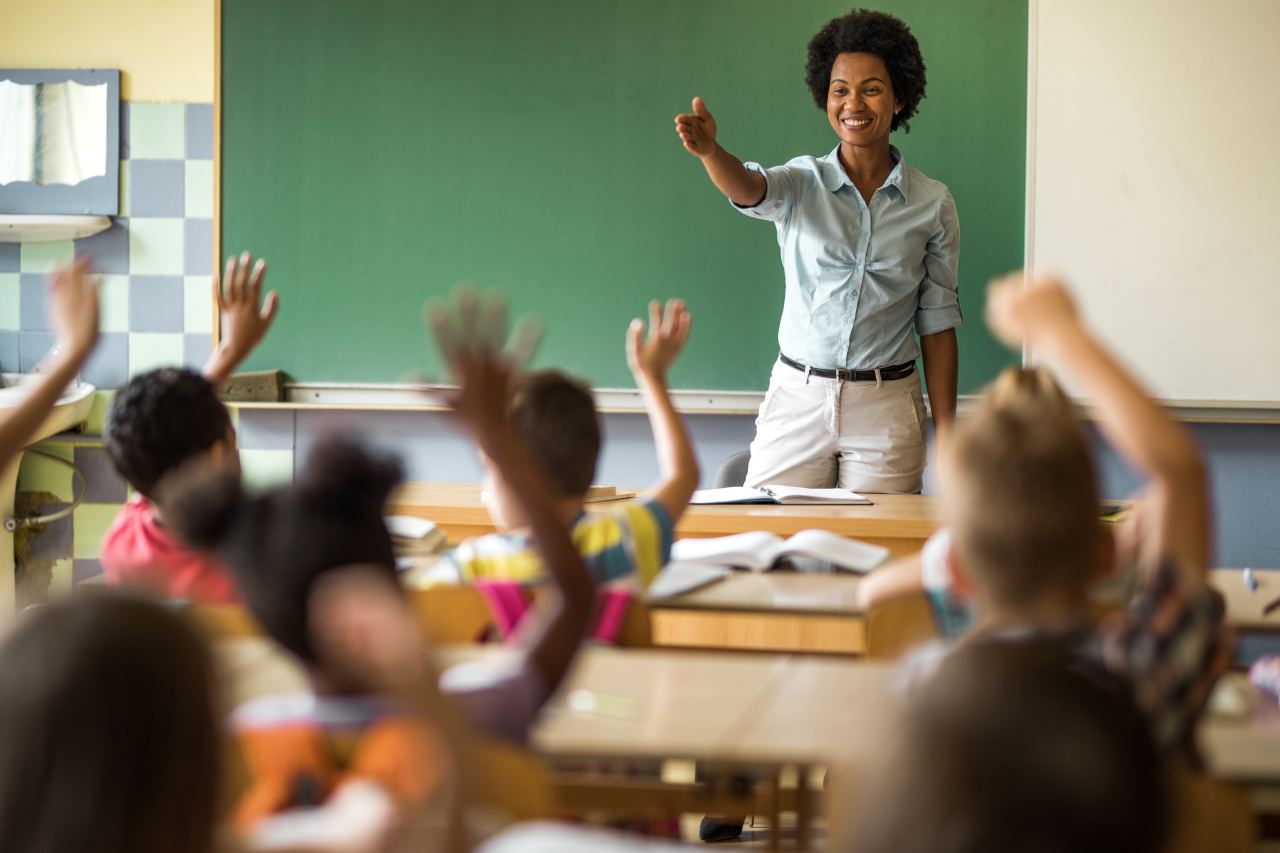Master Primary Science Concepts with Quality Tuition in Singapore
Master Primary Science Concepts with Quality Tuition in Singapore
Blog Article
Checking Out the Different Mentor Methods in Main Science Education Today
The landscape of primary science education and learning is evolving, with various teaching approaches gaining prominence in modern class. Inquiry-based understanding, hands-on experiments, and the assimilation of technology are redefining how educators engage young minds. Furthermore, collective techniques and separated instruction are being employed to provide to the varied demands of students, boosting both engagement and understanding. As we examine these methods, questions emerge concerning their efficiency and the ramifications for future instructional practices. What might these changes in strategy mean for the following generation of students?
Inquiry-Based Knowing
Inquiry-Based Understanding (IBL) is a pedagogical technique that encourages trainees to discover scientific principles through doubting, examination, and hands-on experimentation. This technique stresses the duty of students as active individuals in their learning, advertising crucial thinking and analytic skills. By involving with real-world concerns, pupils end up being motivated and interested, which improves their understanding of scientific principles.
In IBL, teachers act as facilitators, leading trainees as they browse their questions instead than delivering info directly. This student-centered approach permits distinction, fitting numerous learning paces and designs. Trainees establish abilities in formulating theories, developing experiments, and analyzing data, which are vital for clinical proficiency.
In addition, IBL cultivates partnership among trainees, encouraging them to share findings and concepts. This cumulative query promotes social skills and a sense of community within the class. The procedure of questions urges durability, as trainees discover to embrace failing as a tipping rock towards understanding.
Hands-On Experiments
Hands-on experiments are a crucial element of reliable scientific research education and learning, enhancing the concepts of inquiry-based understanding. These experiments enable students to engage directly with scientific principles, promoting a much deeper understanding via experiential knowing. By manipulating products and observing outcomes, young learners can realize abstract theories in substantial methods.
Such tasks promote vital thinking and analytic abilities, as students hypothesize outcomes, conduct experiments, and examine results. This procedure urges them to ask concerns, improve their understanding, and establish a clinical way of thinking. Moreover, hands-on experiments can be customized to diverse understanding styles, making sure that all students have the chance to involve meaningfully with the content.
Moreover, hands-on experiments usually motivate collaboration among peers, promoting synergy and interaction skills. Operating in groups makes it possible for students to share ideas, talk about searchings for, and gain from one another, which boosts their general educational experience.
Integrating hands-on experiments into the primary science curriculum not only improves the finding out environment yet additionally cultivates a lifelong interest in science. By actively joining their education and learning, pupils are most likely to establish an enthusiasm for clinical questions that prolongs past the class.

Technology Combination
Integrating innovation into main science education has ended up being progressively necessary in cultivating pupil involvement and boosting discovering results. Making use of digital tools, such as interactive simulations, virtual labs, and instructional software program, gives trainees with chances to explore scientific principles in cutting-edge methods. These resources assist in a deeper understanding of complicated subjects by enabling learners to visualize and manipulate variables that would certainly be not practical in a traditional class setup.
Moreover, innovation integration urges personalized finding out experiences. Trainees can advance at their own pace, taking another look at difficult concepts with multimedia resources, which satisfy different understanding designs. This adaptability not just supports specific growth yet likewise grows a sense of freedom in learners.
Furthermore, technology functions as a bridge to real-world science, linking students with present study and professional payments. Access to on the internet databases and scientific journals broadens trainees' perspectives on scientific questions and promotes important believing abilities.
Collaborative Understanding
Joint understanding plays an essential duty in main scientific research education by fostering team effort and communication skills amongst students. This approach urges learners to collaborate, share knowledge, and take part in problem-solving, which improves their understanding of clinical ideas. By taking part in team tasks, students find out to express their ideas, listen to varied viewpoints, and negotiate options, every one of which are essential skills in both real-world and scholastic contexts.

Research study suggests that joint understanding can cause increased inspiration and interaction in science topics, as pupils find enjoyment in shared experiences (primary science tuition Singapore). Additionally, this technique prepares trainees for future collaborative endeavors, equipping them with the skills needed for reliable team effort in college and specialist environments. Eventually, welcoming collective discovering in key scientific research education and learning can dramatically enhance the knowing experience and promote a much deeper understanding of scientific questions
Distinguished Guideline

Set apart instruction can manifest in different ways, such as differing the web content, procedures, or products of learning. Educators may make use of tiered projects that provide varying degrees of complexity, allowing trainees to function at their particular preparedness degrees. Additionally, versatile grouping strategies can facilitate partnership amongst students with different abilities, fostering peer learning.
Evaluation plays a critical role in this method, as it notifies instruction and assists teachers understand each trainee's special requirements. Formative evaluations, such as observations and quizzes, can assist educators in adjusting see this here their techniques to enhance finding out outcomes. primary science tuition Singapore. Ultimately, by applying separated instruction in key science education, instructors can cultivate a more equitable and efficient learning environment, encouraging all pupils to reach their full capacity in recognizing scientific sensations
Final Thought
In summary, the varied training techniques in main scientific research education and learning, including inquiry-based learning, hands-on experiments, modern technology assimilation, collaborative understanding, and differentiated direction, jointly contribute to a more efficient knowing atmosphere. These approaches promote critical thinking, problem-solving abilities, and a much deeper understanding of clinical ideas. By applying these approaches, teachers can develop engaging and supportive class that attend to the different needs of trainees, eventually fostering a long-lasting passion blog here in science and improving scholastic achievement.
Inquiry-Based Discovering (IBL) is a pedagogical strategy that urges pupils to explore scientific concepts with questioning, examination, and hands-on testing.Collective learning plays a vital duty in primary scientific research education and learning by promoting synergy and communication abilities among students.Study suggests that joint discovering can lead to boosted motivation and engagement in science topics, as students discover satisfaction in common experiences.In cultivating a comprehensive discovering setting, distinguished direction emerges as an essential technique to fit the diverse needs and abilities of students in key science education and learning. Eventually, by implementing separated instruction in key scientific research education and learning, teachers can cultivate an extra equitable and reliable learning environment, empowering all trainees to reach their complete capacity in recognizing scientific sensations.
Report this page